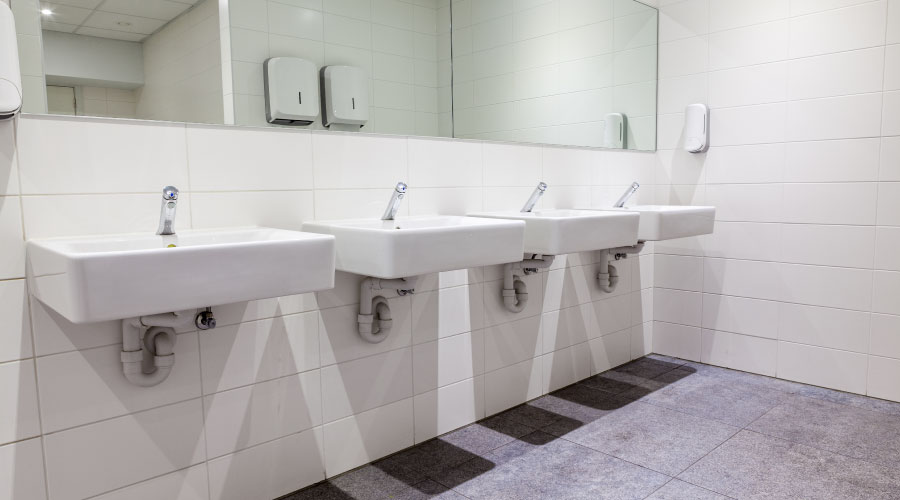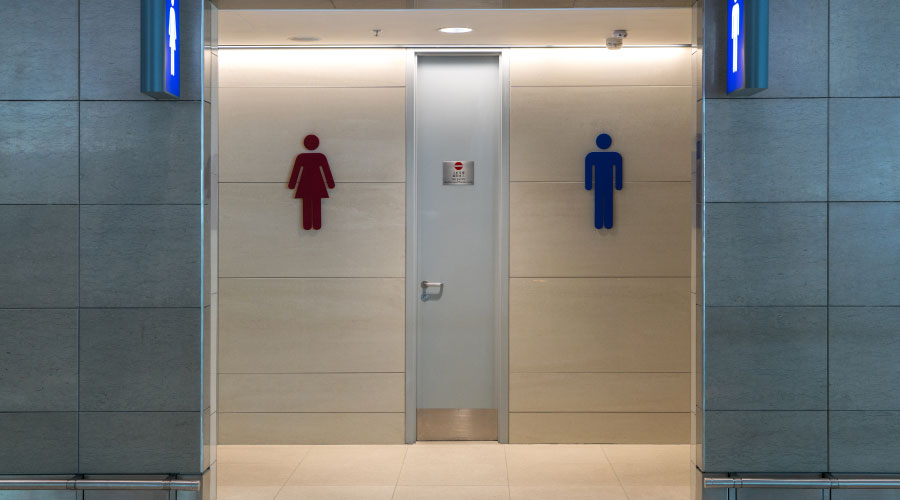Tools for Measuring Water Waste: Micro-Weirs and Fixed Meters
To address water waste, managers first must be aware of current consumption. Tools that measure water use include: a bucket and a stopwatch; a micro-weir; portable flow meters; and fixed meters used in submetering systems. These tools can measure all water uses and waste.
The difference between measured flow in gallons per month or year and the gallons paid for on the water or sewage bill equals the waste due to leakage.
Not all leaks are audible or visible. A few very inexpensive tests can ferret out some very expensive leaks. One test is to turn off all water fixtures that flow through a given meter. Then check the meter to see if the dial is still moving, which indicates water flow through the meter. The technician might have to do this several times during the same day due to changing pressure.
A quick check to see if toilets leak is to put dye in the tank. If color shows up in the toilet bowl after 10 minutes, a leak exists. Technicians also should look for moisture under or around fixtures. One final leak clue is the presence of a moldy odor caused by persistent dampness.
These checks will not measure waste from other causes, such as outdated fixtures, or careless or unattended use. But technicians can measure these losses very accurately. For example, in the case of an old toilet valve that delivers 3.5 gallons per flush (gpf) — checked by measuring the volume of water in the bowl — new 1.6 gpf valves will save 1.9 gpf for every fixture converted to the new valves.
Related Topics:














